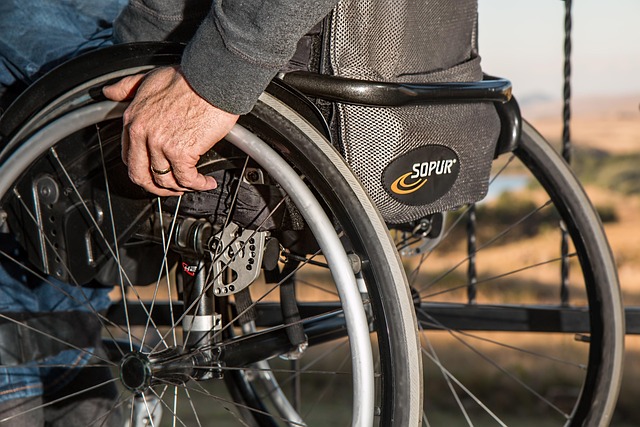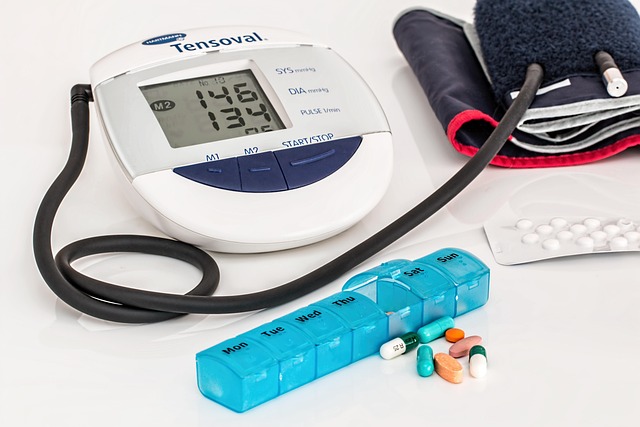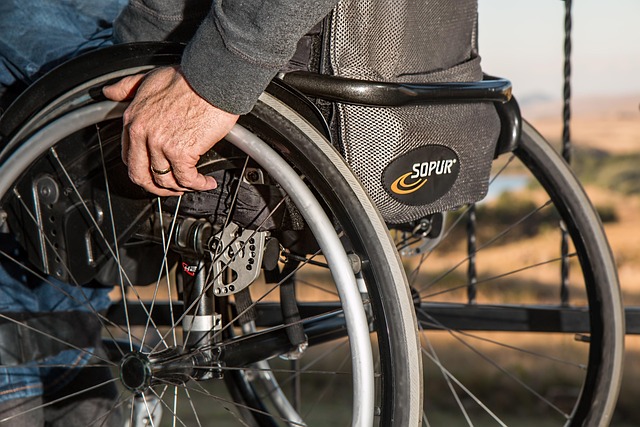Exploring the World of Sensory Rehabilitation: A Comprehensive Guide for Sensors
In the realm of sensors, the concept of sensory rehabilitation is much more than a technical process; it is an inspiring journey toward restoring connection and enhancing human experience. Whether you’re a professional working with sensory technologies or someone fascinated by the intersection of biology and devices, understanding sensory rehabilitation offers profound insights into how technology can rekindle our innate ability to perceive the world.
What is Sensory Rehabilitation?
Simply put, sensory rehabilitation refers to the methods and technologies used to assist or restore the function of impaired sensory systems. This could be anything from helping individuals regain touch, hearing, sight, or even balance. The goal is to retrain the brain and nervous system through various forms of therapy often supported by advanced sensor technology.
Imagine a person who has lost a sense of touch due to an injury. Sensory rehabilitation leverages specialized sensors that simulate tactile feedback, enabling the brain to relearn how to interpret these sensations. This kind of interaction underscores the profound emotional and psychological impact sensory rehabilitation has on an individual’s connection to their environment.
The Role of Sensors in Sensory Rehabilitation
Sensors are the unsung heroes of sensory rehabilitation. These devices act as the bridge between the external world and our nervous system, translating stimuli into signals the brain can comprehend. Advancements in sensor technology have allowed for more precise and responsive devices that can mimic a variety of sensory inputs.
- Tactile Sensors: These simulate the sense of touch. For example, pressure sensors in prosthetic limbs provide feedback that makes them feel more lifelike.
- Auditory Sensors: Devices like cochlear implants rely on intricate sensors to pick up sound waves and convert them into electrical signals for the brain.
- Visual Sensors: Technologies such as retinal implants use sensors to detect light and help restore partial vision.
- Balance Sensors: Gyroscopes and accelerometers can assist individuals with vestibular disorders regain their equilibrium.
Each of these sensors forms an essential component in creating an immersive sensory rehabilitation experience, fostering a renewed sense of independence and confidence in users.
The Emotional Connection to Sensory Rehabilitation
Beyond the science and devices lies a deeply human story – one of resilience and rediscovery. Sensory rehabilitation is not just about machines but about enabling people to reconnect with life’s textures, sounds, and light. For users, this process can rekindle cherished memories, evoke feelings of normalcy, and empower them to explore the world anew.
If you’ve ever experienced a moment where a simple sensation—a gentle breeze, a familiar melody, or a ray of sunshine—brought comfort or joy, imagine the impact of regaining those sensations through sensory rehabilitation technologies.
Future Trends in Sensory Rehabilitation and Sensor Technology
The fusion of artificial intelligence, machine learning, and cutting-edge sensor hardware is paving the way for more adaptive and personalized sensory rehabilitation programs. Emerging wearable sensors, implantable devices, and virtual reality systems are creating immersive environments in which individuals can undergo customized therapy tailored to their unique needs.
As sensors become more sensitive and capable, the gap between artificial and natural sensory experiences continues to narrow, inspiring hope for those living with sensory impairments worldwide.
Final Thoughts
Exploring sensory rehabilitation through the lens of sensor technology opens up a world where limitations are challenged, and new possibilities blossom. It’s a testament to human ingenuity and compassion—how technology, paired with dedicated therapy, can restore not only senses but also the vibrant connections that make life meaningful.




